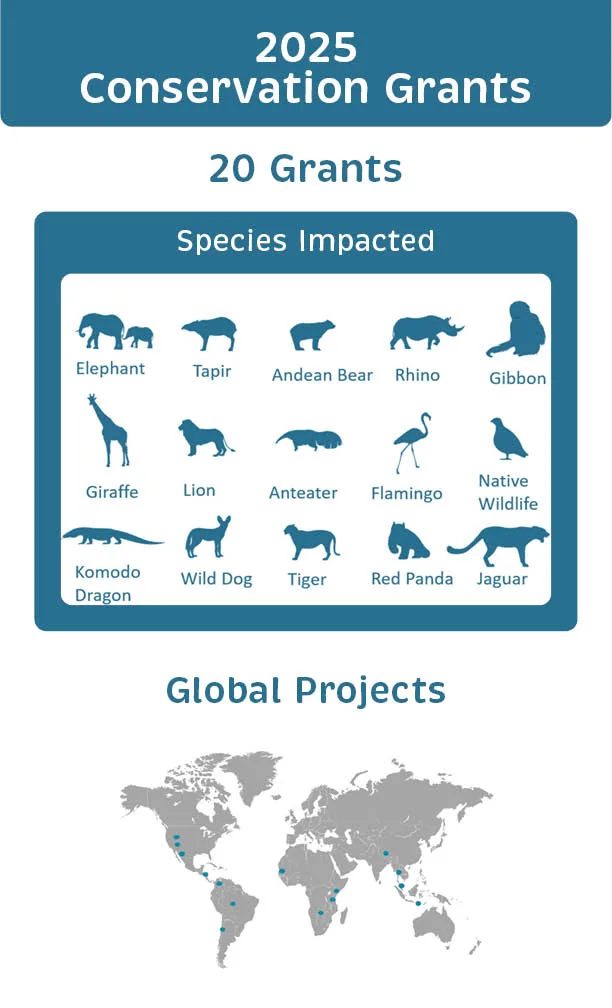Conservation Partners and Programs
Your visits and support of Reid Park Zoo make it possible for the Zoo to be actively involved with conservation programs around the world. Here are the projects we are working on with our colleagues now.
Tanzania Conservation Research Program
Reid Park Zoo has had a personal relationship with Charles and Lara Foley over the past two decades. Their in-situ conservation efforts related to African elephants have been inspirational.
Over the last few years, they have been working to create habitat corridors for elephants to move outside the park as they search for water and food. They have found new ways to collaborate with local people and create a community-based approach to protect the elephants. To date, over 2 million acres of habitat around the Tarangire National Park have been protected.
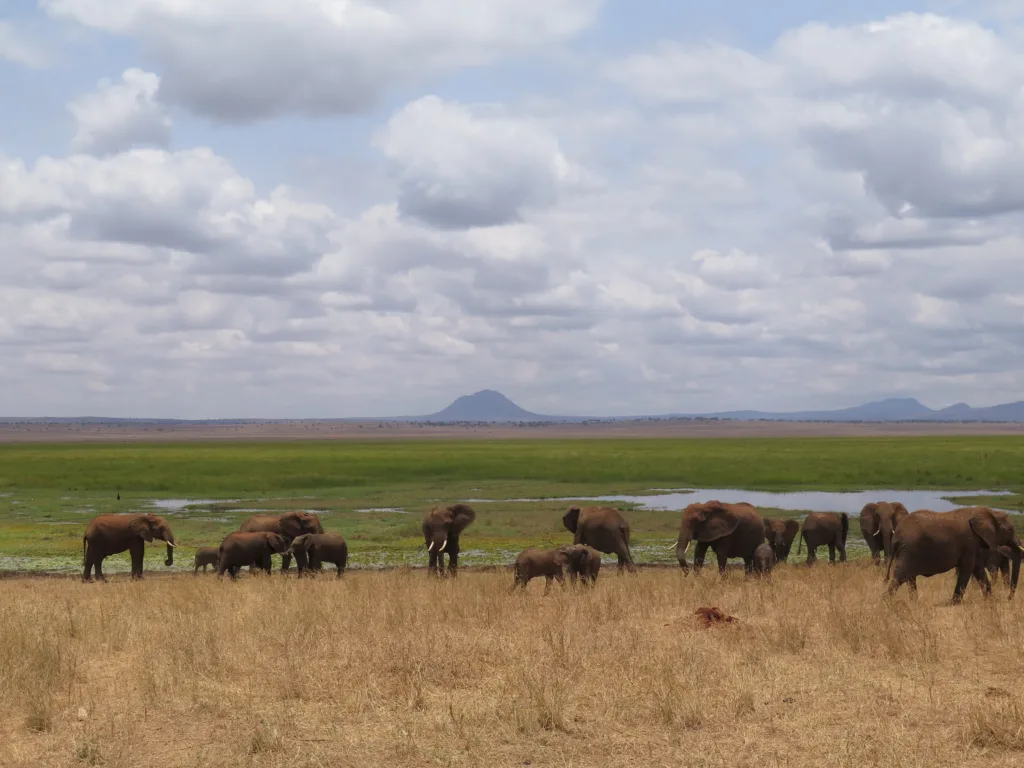
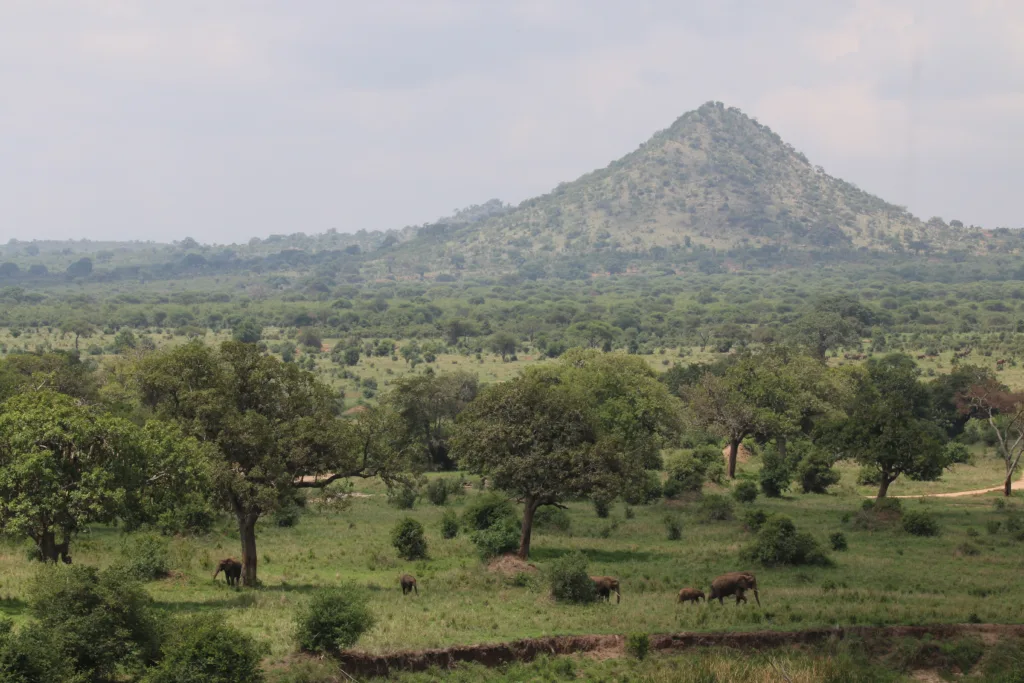
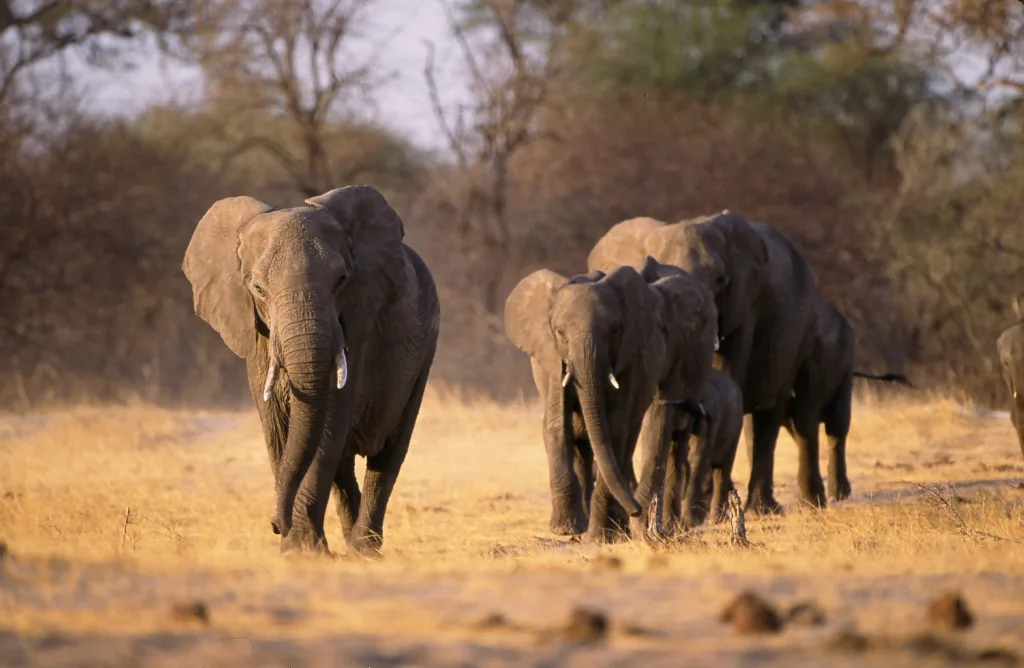
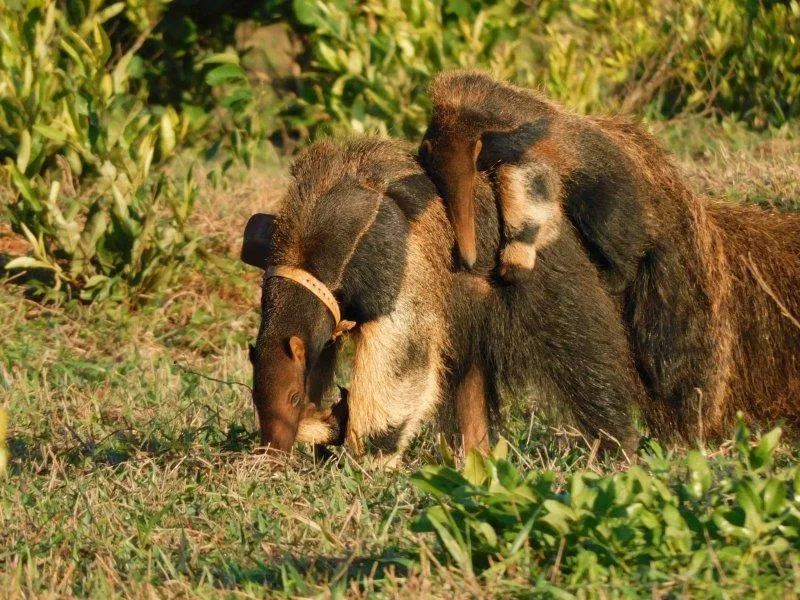
Anteaters and Highways Project
The largest remaining populations of giant anteaters live in the grasslands and forests of Brazil’s Cerrado habitat. This habitat is being disrupted due to rapid agricultural development and the building of roads.
Giant anteaters are one of the animals most frequently involved in car accidents. The Anteaters and Highways project works to provide a better understanding as to why this is happening and to prevent anteater roadway mortality. Follow them on Facebook.
Kids can learn more about how zoos help conserve anteaters by listening to “Why Did the Anteater Cross the Road.”
Baird’s Tapir Survival Alliance
The Baird’s Tapir Survival Alliance works to ensure the survival of the Baird’s tapir in the forest habitats they live in throughout South America.
The main threats to the survival of Baird’s tapirs include unsustainable hunting, retaliatory killings for crop-raiding, habitat destruction, road development, and global climate change. Working in Mexico, Guatemala, Honduras, Nicaragua, Costa Rica, and Panama, the BTSA is working to reduce tapir poaching and develop conservation actions, such as patrols in areas of known tapir poaching and environmental education in communities that coexist with tapirs. Follow them on Facebook.
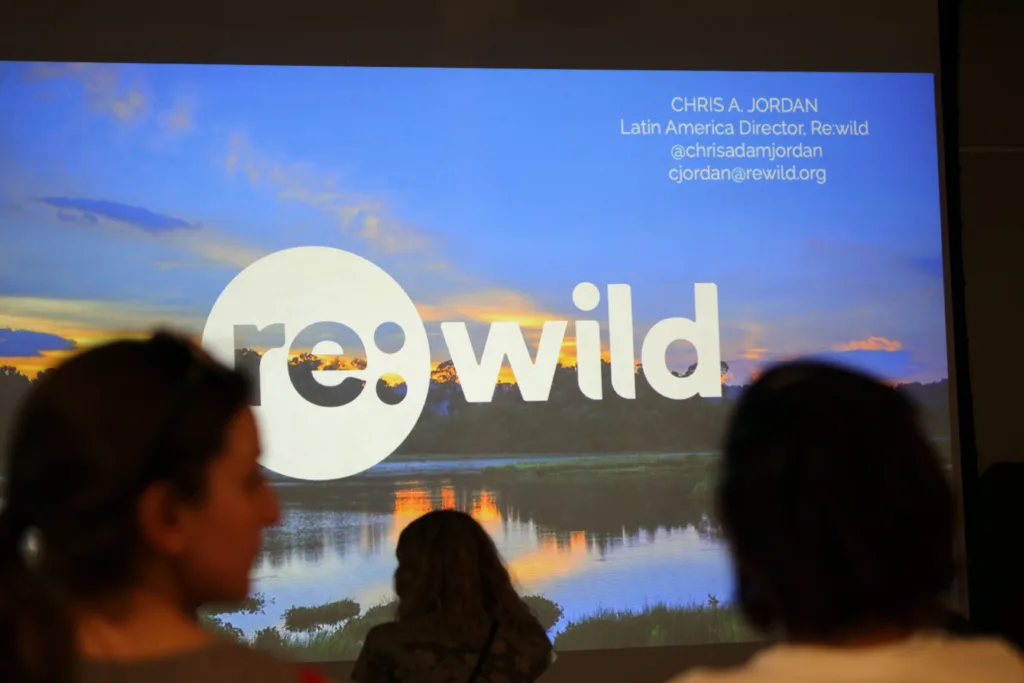
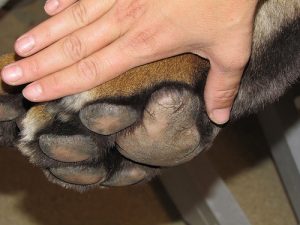
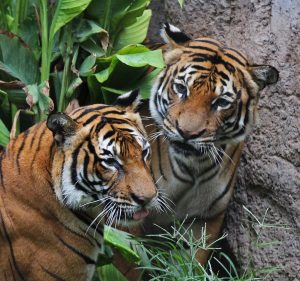
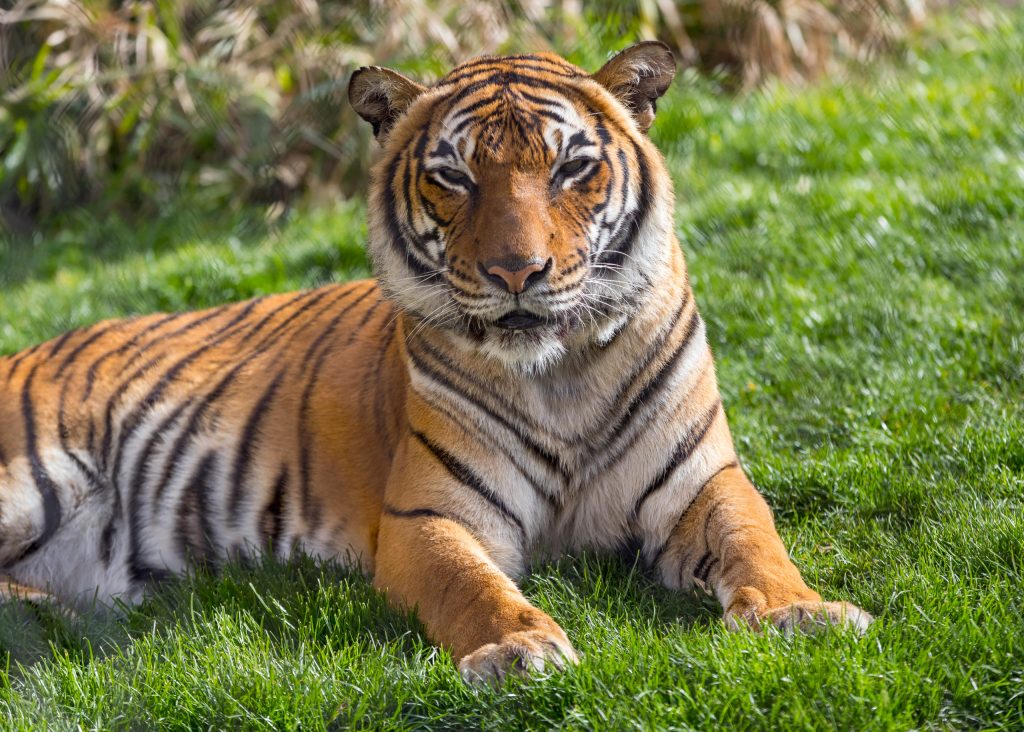
Tiger Conservation Campaign
Worldwide, tigers are found in less than seven percent of their original range and are threatened by habitat loss and degradation, poaching, tiger-human conflict, loss of prey, and other factors.
Four of nine subspecies have disappeared from the wild just in the past hundred years, and the Amur, Sumatran, and Malayan tigers are all thought to number fewer than 500 individuals in the wild.
International Rhino Foundation
Working to protect all 5 rhino species, the International Rhino Foundation focuses on protecting habitat, anti-poaching and building community relationships throughout rhino habitat in Africa and Asia.
You can join “Team Rhino” and stay up-to-date on rhino news by following the IRF on Facebook.
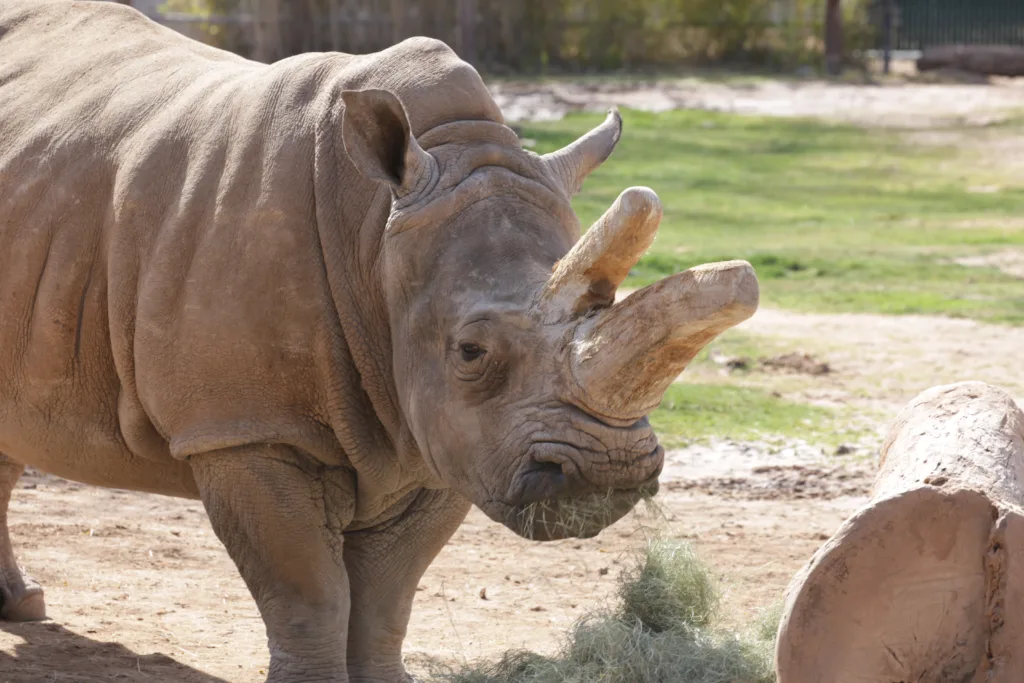
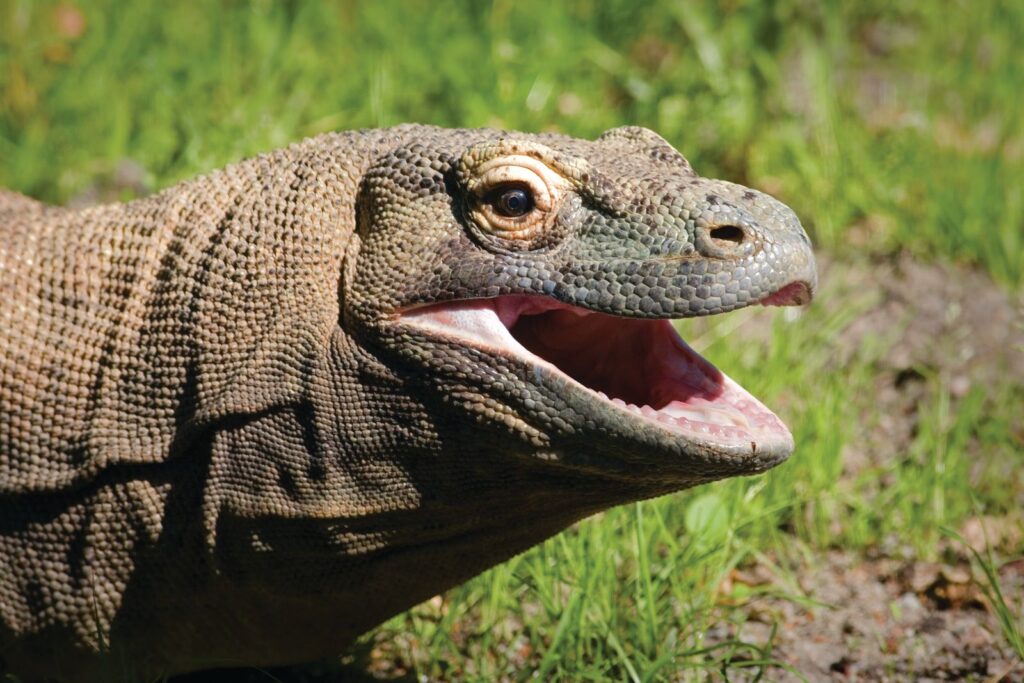
Komodo Survival Program
In anticipation of the Zoo’s Pathway to Asia expansion, the Zoo is working with the Komodo Dragon SSP Conservation Fund to support the Komodo Survival Program in Indonesia.
This program works with the Indonesian government by monitoring the population of Komodo dragons throughout the 5 island they inhabit. Their work has provided important information about the lizards to ensure their future survival.
University of Arizona- Laboratory for the Evolutionary Endocrinology of Primates (LEEP)
Through the University of Arizona, LEEP works in the lab at the UA and collects data from lemurs in Madagascar to better understand parental care of infants and how individuals cope with dynamic social and natural environments. Their work involves undergraduate students, graduate students, staff, and faculty to provide the students with real research experiences. Currently, their research is on how the gut microbiome is affected by stress and how a warming climate impacts lemur thermoregulation and persistence through thyroid studies. This information will help us understand what lemurs need to survive and reproduce.
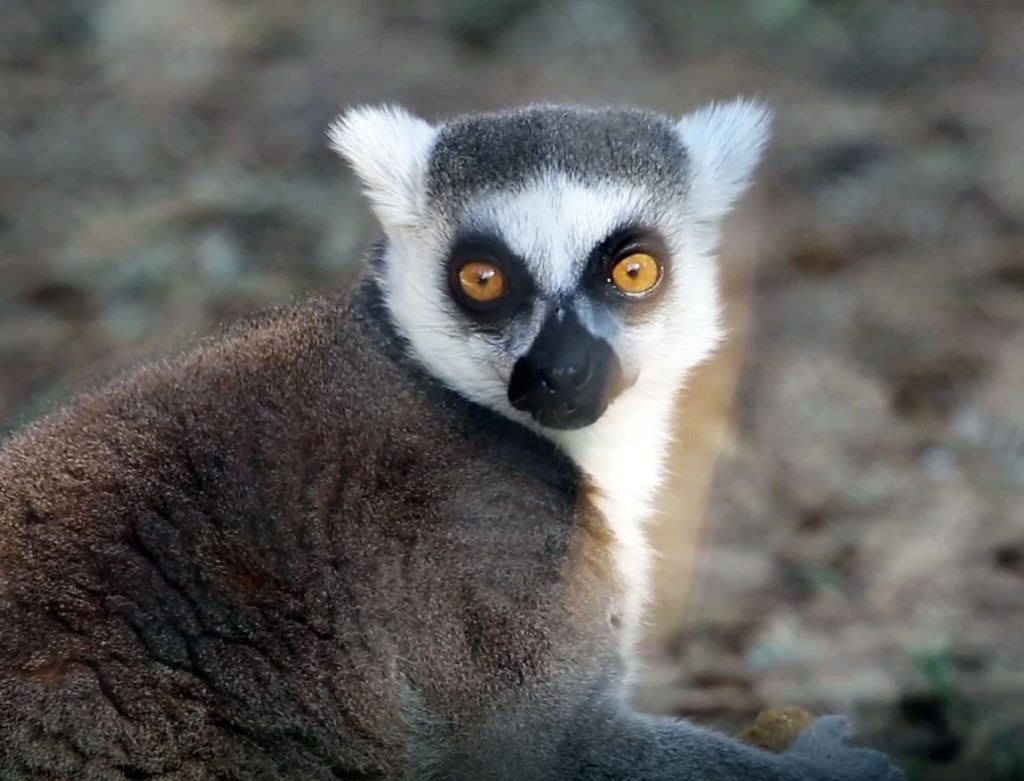
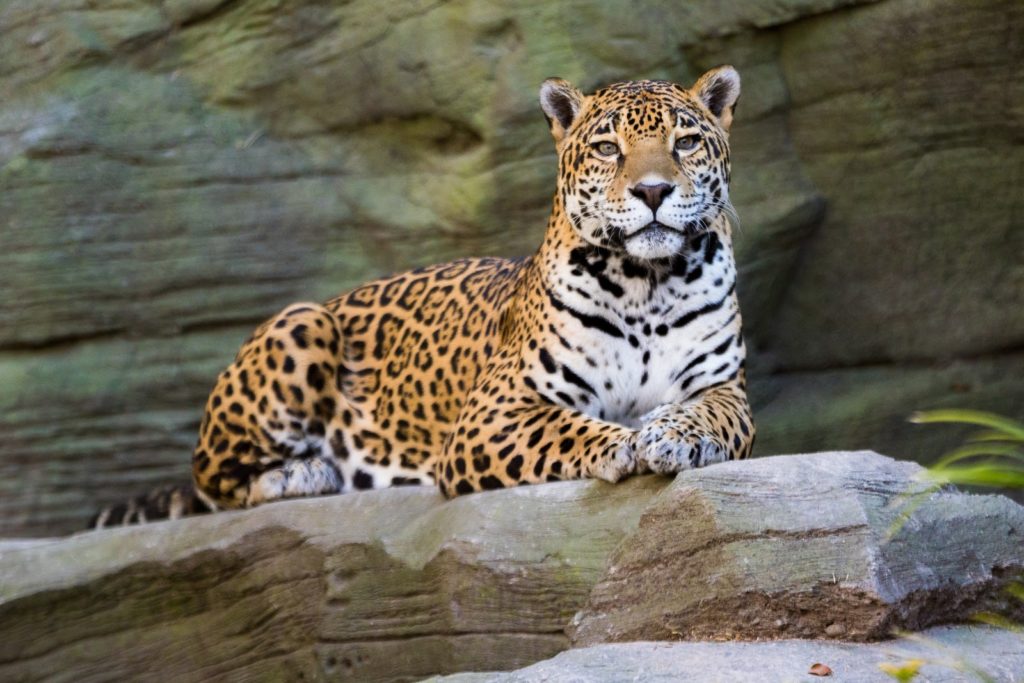
Jaguar Conservation
Reid Park Zoo is a proud supporter of two local jaguar conservation programs in Sonora, Mexico.
La Tierra del Jaguar: La Tierra protects jaguars by working directly with the community to help them develop regenerative farming techniques to restore the land, diversify income for the community, and improve jaguar habitat.
Northern Jaguar Project: NJP protects the world’s northernmost jaguar population by securing jaguar habitat in the 56,000 acre Northern Jaguar Preserve and working with local ranchers and communities to foster an appreciation of their large cat neighbors through their wildlife camera program.

